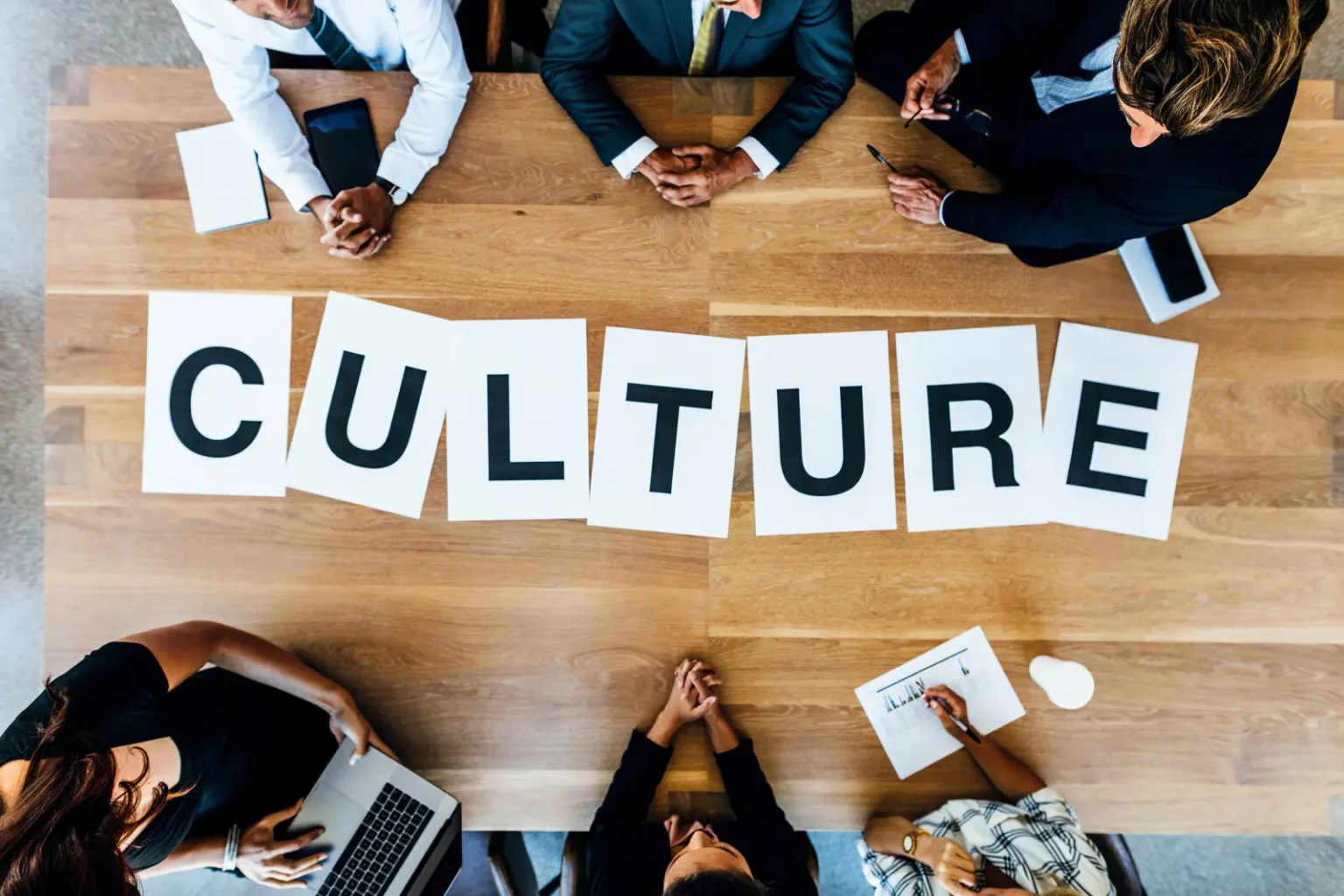
Building Sustainable Organizations Through Culture
I am a member of two local organizations. One is large – the Arvada Chamber of Commerce. The other is small – the Arvada Chamber of Commerce Tuesday Leads Luncheon Group.
Both symbolize positive cultures that impact the heart, comfort and success of a community.
When you walk into an Arvada Chamber of Commerce event, or a Tuesday Luncheon; culture palpitates. You feel it. You hear it. It is like air. You feel alive but you find it hard to describe. I just know when I am in these spaces, I feel valued. I feel heard.
Culture greets you any time you walk into a business, school, or community. What is culture?
Do you know that when you choose leadership your first responsibility is to be culture builder and culture caretaker?
At the heart of every sustainable organization lies a single, powerful force: culture. Like an invisible thread, culture weaves through every aspect of organizational life, creating that intangible yet unmistakable essence that defines “how things are done around here.” It manifests in the atmosphere you sense approaching the building, in the energy that greets you at the door, in the artwork adorning the walls, and in the conversations echoing through the hallways.
The Role of Leadership in Cultural Development
As organizational leaders, our primary responsibility is to serve as both architects and guardians of culture. This dual role requires a strategic approach, what we call the “Cultural Activities Program.” At its foundation lies a shared vision—the cornerstone that describes how we will exist and thrive together as a community.
While core values often represent the most visible manifestations of culture, they must be more than mere words on a wall. They require active modeling, articulation, and teaching throughout every level of the organization. The success of cultural integration depends on how deeply these values are embedded into daily operations and decision-making processes.
Elements of a Thriving Culture
A robust organizational culture encompasses several key elements:
- Innovation: Creating an environment that celebrates risk-taking and nurtures ideas from all levels
- Ownership: Empowering employees through participatory decision-making
- Recognition: Consistently celebrating achievements and contributions
- Mindful Attention: Fostering genuine engagement with people, values, and challenges
- Symbolic Expression: Developing and maintaining meaningful representations of shared vision and values
- Storytelling: Using narrative and imagery to articulate the organization’s journey
- Community: Building strong bonds of trust, loyalty, and teamwork
- Mentorship: Nurturing growth through leadership that shapes and develops talent
A successful Cultural Activities Program translates these elements into concrete actions. Here are some exemplary initiatives:
Innovation Initiatives
Skunk Camp: Dedicated innovation sessions where staff collaboratively develop and select novel ideas for implementation, with client benefit as the primary criterion
Recognition Programs
Achievement Showcase: Public displays celebrating staff accomplishments in high-visibility areas
Visual Communication
Vision Graphics: Strategic placement of visual representations depicting shared values throughout the facility
Community Building
Strategic Retreats: Weekend gatherings focused on collaborative planning and decision-making
Annual Recognition Event: Formal dinner celebrations featuring storytelling about the year’s journey and achievements
The Leader as Cultural Catalyst
In building and maintaining culture, leaders must embrace multiple roles:
- Symbol: Embodying organizational values through daily actions
- Craftsperson: Shaping organizational elements while remaining open to being shaped by them
- Communicator: Using language that reinforces values and sustains shared vision
- Performer: Adapting to and influencing organizational dynamics
- Guide: Shepherding the organization through transitions and evolution
Sustaining Cultural Growth
To maintain a vibrant culture, leaders must continually ask:
- What cultural elements define our organization?
- How can we strengthen these elements through specific actions?
- How do we nurture and adapt our culture as it evolves?
These questions serve as compass points, guiding the ongoing journey of cultural development and organizational sustainability. The answers, when thoughtfully implemented, create the foundation for lasting organizational success.
Bill Martin & Associates is globally recognized for tools leaders have used to build and care for cultures in business, elite sport, and education.
Our Tuesday Leads Luncheon Group is an example of a group of businesspeople demonstrating grass roots culture building and caretaking using the tools in answering these cultural growth questions:
What cultural elements define our organization:
- We support one another.
- We engage in open communication.
- We are trustworthy.
- We practice diversity.
How can we strengthen these elements through specific actions:
- We are physically present.
- We demonstrate referability.
- We make clear our reasons for being here.
- We are active listeners.
- We build genuine and deep relationships.
- We spark joy as we connect with one another.
- We get to know people and give them a chance.
- We engage people with respect.
- We are comfortable building trust with each other.
As we put 2024 in our rear-view mirror, what is the status of your culture? What will people feel as they walk into your world in 2025?
Happy Holidays,
Bill